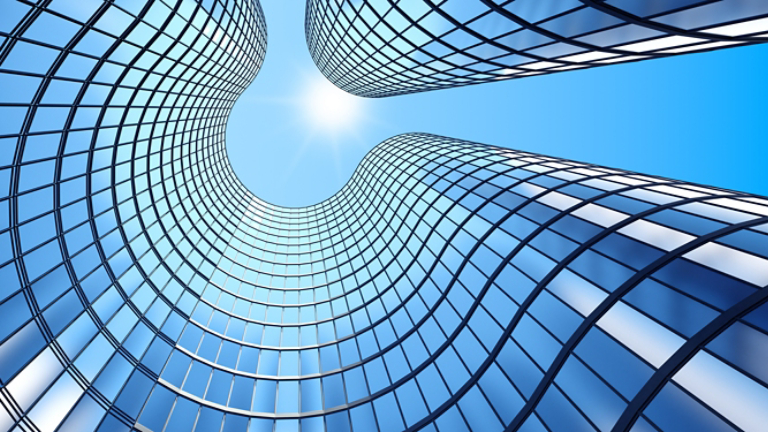What’s the first word that springs to mind when someone says, “indoor environmental quality”? If that word is “expensive” don’t worry, you’re not alone. Indoor environmental quality (also known as IEQ) covers a long list of building characteristics and features. It can refer to air quality, air temperature, lighting, acoustics…almost anything that can impact the experience of being indoors.
No wonder then when most building owners think about optimizing IEQ they quickly think of how it may impact energy efficiency and even their bottom line. But the truth is that IEQ is important. Studies have shown that IEQ can influence everything from our sense of comfort and well-being to our productivity, even emotional functioning.
For all these and other reasons, it makes sense to take IEQ seriously. The good news is that you can do quite a bit to increase your building’s IEQ without significant expenditures of time or resources. In that spirit, here are five things you can do — some in the short term, some in the longer term — to start increasing your building’s IEQ without sacrificing energy efficiency.
- Let the light shine in. People love natural light. Make the most of it by utilizing your windows to their fullest potential. For existing buildings, consider window treatments that can be fully retracted to admit the maximum amount of natural light. They cut down the need for artificial light as well as reduce the need for HVAC if you can open those windows on mild days. Are you planning new construction? Consider larger, energy efficient windows and skylights specifically intended to maximize daylight.
- Maintain your building systems. Routine maintenance is often an overlooked action that people can take to manage the operating costs and maintenance expenses associated with their system. However, the truth is that better maintained building systems not only run better and more reliably — which helps reduce downtime and maximizes both comfort and productivity — they run more efficiently and inexpensively. It’s a time-tested tactic that really does pay for itself.
- Start switching to LED. There are numerous advantages of LED lighting, starting with the fact that it generates huge savings over traditional incandescent or fluorescent lighting in everything from installation and maintenance to energy consumption and bulb and fixture life. The intensity and color of the light they emit supports alertness and sleep quality. Many LED solutions offer advanced features like dimming and color tuning to mimic natural daylight. Specialized controls even allow employees in cubicles and offices to customize their lighting, so it’s more closely aligned with their own personal needs.
- Get smart. Smart buildings are becoming increasingly common as sensor systems get more sophisticated and less expensive. Many of today’s systems support interlinking, which allows a building owner to manage HVAC, lighting, water, and security systems from a single, centralized location. The data from a building automation system can even be used to optimize energy usage during periods of high and low demand. Systems can be set to automatically adjust temperatures based on the time of day, the weather, the number of tenants, and other changing factors.
- Decarbonize. Decarbonization isn’t just a buzzword, it’s a cost-effective strategy. Decarbonization reduces a building’s carbon footprint, making your buildings more efficient and environmentally friendly. Sealing leaky windows and doors for example, helps to lower energy costs while at the same time making spaces more comfortable. ENERGY STAR-certified appliances and smart thermostats and lighting systems are other great ways to save energy. Does your existing building have systems that need replacing? Consider electrifying your heat. Solutions like these are not only getting less expensive to purchase and install but may also come with incentives or rebates from local utilities.
So, the next time you start thinking about IEQ, don’t worry about sacrificing efficiency. We’ve got the industry and application experience to answer any IEQ or energy management question you have..

